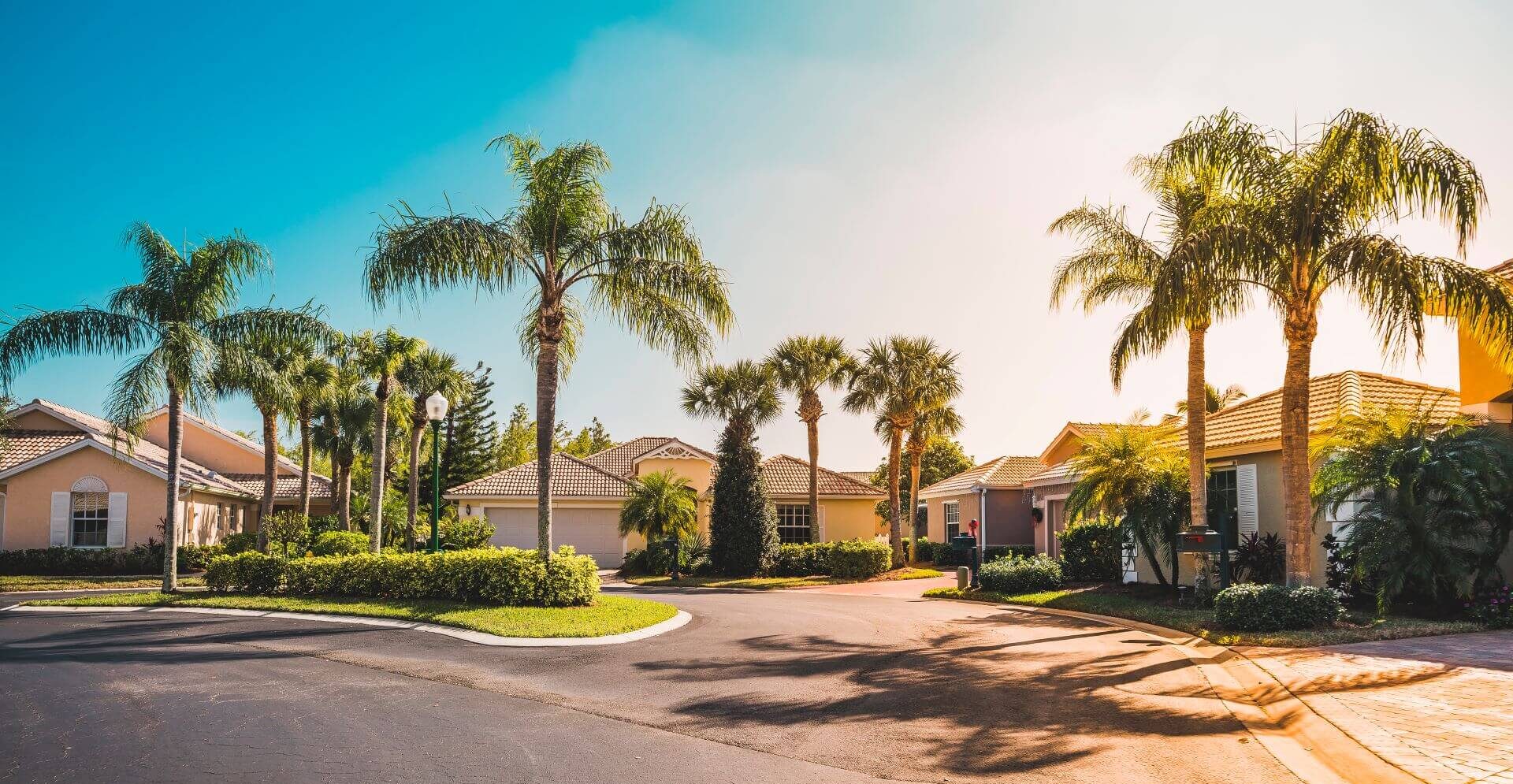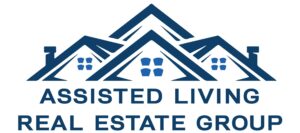Are Assisted Living Facilities a Good Investment?

Put yourself in this situation, you’re sitting across from an aging loved one, feeling they need more care than you alone can provide to them. They don’t require a nursing home, but they can’t live entirely on their own; they do not perform their tasks properly. This is where assisted living facilities help required, providing a balance of independence and care that so many families desperately seek.
Now, think on the other side, not just as someone making decisions for a loved one, but as an investor. With millions of old age people reaching the age of retirement, the demand for quality assisted living is soaring. It’s not just about money; it’s about creating a peaceful space for seniors where they feel safe, valued, and cared for. Your investment could play an important role in making this a reality.
But is it the right investment for you? While assisted living has the potential for long-term growth, that truly makes it an attractive prospect. So it also comes with facing difficulties.
So, is investing in assisted living a smart move, or is it more responsibility than it is worth? Let’s explore the opportunities, risks, and human side of this growing industry.
What is an Assisted Living Facility?
Assisted Living communities offer support with everyday tasks such as eating, bathing, and dressing. They are designed for older adults who want to stay independent but need some assistance to do so.
In Assisted Living, residents have the opportunity to use a range of various services. These establishments include ready-made meals, housekeeping, medication, and personalized help with activities of daily living.
These organizations strive to create a cozy environment by providing essential needs to help residents enjoy their lives.
Why is Assisted Living Investing Potentially the Opportunity of this Century?
As baby boomers age, the growing demand for senior care is skyrocketing, creating a massive opportunity for assisted living investors. This wave of demand, often referred to as the “Silver Tsunami,” means that millions of seniors will require care homes over the next few decades.
This might be the most important demographic trend in real estate this century. According to market research, there is already a massive shortage of senior housing, and the gap between supply and demand is going to continue to grow rapidly over the next two decades.
For Real Estate Investors, this is a golden opportunity to tap into an asset class that blends real estate with healthcare, offering significant cash flow and long-term stability.
Despite COVID complications–which residential homes were better suited to withstand than large facilities–assisted living has historically outperformed most other real estate sectors, had steady rent growth, and sustained incredibly high occupancy rates, even during economic downturns.
Because of this, you’re going to hear a lot more about senior housing investments and assisted living investment opportunities. With the right approach, residential assisted living properties can generate returns far beyond typical residential rentals while also providing an essential service to our aging population.
If you’re looking for a passive income, semi-passive, or active investment, the residential assisted living model has something for everyone. Let’s discuss the different ways you can get involved and what level of commitment each option requires.
Active Investing in Assisted Living: Maximize Your Involvement and Returns
If you’re willing to be hands-on, active investing in assisted living can deliver the highest returns. In this model, you’ll have direct involvement in the business and potentially the property.
Now, before your eyeballs get too big, this is a very active and serious business. While you have the option to hire management levels into the industry, frankly, you should skip this section if you are not passionate about leading a team and caring for seniors.
The most successful residential assisted living businesses prioritize senior care and their staff over everything else, and because of that, they are quite profitable. Here are the key options for active investors:
Own the Home and the Business
This is the most involved strategy, where you purchase the home, operate the assisted living business, and manage all day-to-day operations. The start-up costs can vary based on whether you buy an existing business, whether you are starting a new business, and whether you have to renovate the home for this purpose.
While this requires significant time and effort, it also offers the highest potential for profit, with ideal earnings.
Own the Business, Lease the Home
If you’re not interested in buying the property but still want to run the assisted living business, which has a lower entry cost, you can lease a home from a real estate investor who owns a RAL-ready home. This reduces your upfront capital requirement and allows you to focus on operations and care management.
Build from the Ground Up
For investors with experience or vision, constructing a custom RAL home allows you to design the property for maximum efficiency and profitability. This approach requires more initial capital, a lot more lead time, and development know-how but can result in a purpose-built, high-performing asset.
Own the Home, Lease to Assisted Living Business Operator
In this model, you buy the home and lease it to an assisted living operator who handles the business side. Compared to traditional single-family rentals, renting a house to an assisted living business operator offers several advantages similar to commercial real estate:
- Higher Rents: You can lease the home at significantly higher rates than a standard residential lease. It may be as high as 3 times the normal single-family rental rate. This is because the home is retrofitted and can be licensed locally for this purpose.
- Cash Flow: We all know it is hard to find a cash-flowing semi-passive asset in real estate right now, especially at higher interest rates. We typically see around $3,000 in monthly cash flow per home in today’s market.
- Longer Lease Terms: Assisted living operators typically sign long-term commercial leases (3-5 years), making this investment more stable with less turnover than a typical residential property.
Joint Venture Partner
Another semi-passive option is to joint venture as a capital partner. In this case, you provide the financing for the project. At the same time, the other partner handles day-to-day operations, allowing you to benefit from strong returns without the full burden of management. But to be clear, you must still be an active partner with an active role in the partnership, making this not truly passive.
Passive Investing
For investors who prefer a completely hands-off approach while building wealth in this sector, there are several ways to invest passively in assisted living.
Private Lending
You can provide private money to operators who need capital to acquire or renovate homes for RAL use. This can be a great way to earn interest and steady cash flow with minimal involvement, though you may not see all the potential investment benefits.
Direct Investment with Operators
Many RAL operators seek private investors to help fund their operations. You can find these great opportunities in Facebook groups, mastermind communities, or by networking within the senior housing space. For this to be passive, that operator must offer some sort of syndication vehicle.
Invest in an Assisted Living Fund
If you want broad exposure to RAL without managing any details, you can invest in senior living syndication funds like Open Range Capital Fund, an investment vehicle that mainly focuses on investing in RAL homes.
These funds offer various ways to invest in this growing sector for cash flow and equity without needing to be involved in day-to-day management.
Conclusion
Whether you want to dive in fully or take a more hands-off approach, residential assisted living offers a wealth of opportunities with great returns in a sector where demand will continue to outpace supply. Savvy real estate investors should strongly consider making senior housing a part of their investment portfolio.Passive investors can enjoy stable, long-term income with minimal involvement, while active investors can achieve even higher returns by running the business themselves. However, with active investing comes the responsibility of managing a care business, which isn’t for everyone.
